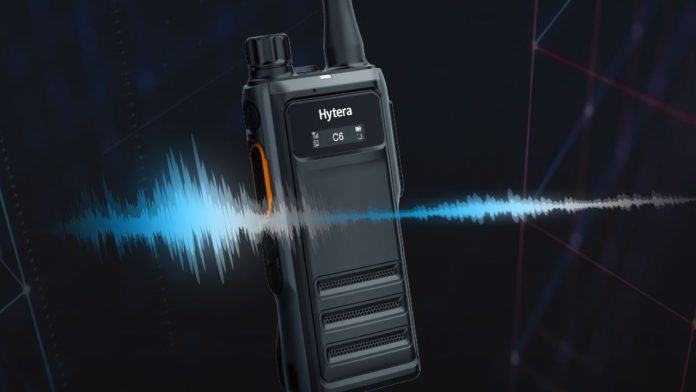Compact and multipurpose, the walkie-talkie is a two-way radio communication device that originated on the battlefields of World War II and has endured as a symbol of instantaneous connection. Its simple construction a handheld device with a speaker, microphone, antenna, and push-to-talk button belies its remarkably adaptable use in a variety of settings.
Real-time communication is made possible by the walkie-talkie, which has proven invaluable in a variety of settings, including peaceful wilderness areas and busy construction sites. To know more about here are more items… Operating on radio frequencies, this portable marvel enables users to send and receive messages quickly, making it a reliable partner for both work and play.
Do E-Walkie-Talkies Require Power?
Indeed, the power source for walkie-talkies is electrical. Rechargeable batteries are commonly found in walkie-talkies, which enable the device to operate without a cord. In some circumstances, a charging dock can be used in addition to a power adapter to charge the batteries. The type of battery used varies, with nickel-metal hydride (NiMH) and lithium-ion (Li-ion) being common choices for walkie-talkies due to their energy density and recharge ability.
To send and receive radio signals, the walkie-talkie’s internal components including the transmitter and receiver are powered by electrical energy that is stored in the batteries. Users should keep an eye on the walkie-talkie’s battery levels, replace or recharge them as necessary, and charge them according to the manufacturer’s instructions to make sure they stay functional.
A Standard Walkie-Talkie
A walkie-talkie’s range can vary greatly based on a number of variables, such as the frequency being used, the terrain, obstacles, and the device’s power output. Here are a few broad things to think about:
Frequency Range
Walkie-talkies function on a number of frequency bands, including GMRS (General Mobile Radio Service) and FRS (Family Radio Service). While GMRS radios can reach greater ranges due to their higher power outputs, FRS radios are usually limited in their coverage area. The radio service and legal requirements determine the precise frequencies that are utilized.
Terrain and Obstacles
The walkie-talkie range is greatly impacted by the environment’s obstacles and topography. While dense vegetation or urban settings can limit effectiveness, a clear line of sight improves performance in open areas. Signals are hindered by hills, buildings, and trees, which reduces their effective range, particularly when there is no direct visual contact between devices.
Power Output
The wattage of a walkie-talkie’s power output determines its communication range. Extended reach is typically the result of higher wattage. Depending on their communication requirements, users can balance battery life and range with certain devices’ adjustable power settings. Choosing a higher power can improve performance over longer distances or in difficult environments.
Antenna Quality
Communication range is impacted by the walkie-talkie antenna’s length and quality. Antenna length and quality can both be increased to enhance signal transmission and reception. Devices with extendable or external antennas frequently perform better, particularly in crowded areas where signal penetration is essential to sustaining efficient communication over extended distances.
Weather Conditions
The performance of walkie-talkies is affected by weather. The signal range can be shortened by atmospheric interference, which is frequent during stormy or wet weather. While bad weather can cause signal degradation, clear weather usually offers the best conditions for communication range. Users who rely on walkie-talkies for communication should be mindful of weather-related factors.
Interference
Communication using a walkie-talkie can be interfered with by radio signals, structures, or other electronic devices. Reduced range and clarity could be the result of competing signals and electromagnetic interference. By avoiding crowded radio frequency environments and changing channels, interference can be reduced and communication can be more dependable in a variety of situations.
Legal Restrictions
The use of walkie-talkies is governed by legal restrictions that outline permissible power outputs and frequency bands. In order to stay out of trouble with the law, users must abide by local regulations. It is imperative to comprehend and comply with these limitations in order to guarantee the appropriate and legal utilization of walkie-talkies in particular areas and legal systems.
Conclusion
A walkie-talkie’s effective range is affected by a number of variables, including its frequency range, terrain, power output, antenna quality, weather, interference, and legal constraints. It is recommended that users take into account these variables in order to maximize communication performance and guarantee adherence to local laws regarding responsible use.










